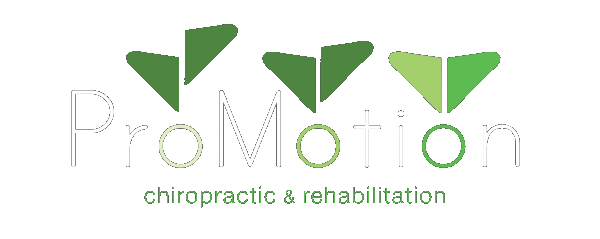Now that the snow is starting to fall, soon the roads will become a bit more dangerous. There’s nothing like the helpless feeling of sliding towards the car in front of you as your anti-lock brakes shutter and try to gain a grip on the ice beneath you. Whiplash is the most common injury following a car accident and can occur even at very low speeds. Here are some interesting statistics about whiplash that may surprise you.
Whiplash Statistics
- Most injuries occur when traveling less than 12 mph
- A read-end collision generally causes more damage to the cervical spine than side or frontal collisions do
- Whiplash injuries are more severe in women and children because their necks are smaller
- Whiplash injuries occur 5 times more often in women than men
- Symptoms of whiplash can often appear weeks or months after an accident
- In 75% of patients, symptoms of whiplash can last 6 months or longer
- Victims of whiplash lose approximately 8 weeks of work
- Whiplash injuries occur more often in people 30 to 50 years of age
- A whiplash injury can increase your chances of chronic shoulder and neck pain
- People suffering from chronic pain due to whiplash injuries often have abnormal psychological profiles
- More than 60% of people who have whiplash injuries require long-term medical follow-up
- More than 50% of those who have whiplash injuries will still have chronic pain 20 years after the injury
- Pre-existing health conditions such as arthritis will lead to greater severity of injury and greater pain
Signs of a Whiplash Injury
After an accident, you are likely to feel some pain and limited ranges of motion. Even if the pain is minimal, it could worsen hours after the crash. Some signs of whiplash can include:
- Pain when moving your head side to side
- Tenderness
- Headaches at the base of the skull
- Fatigue
- Dizziness
- Difficulty sleeping
- Memory problems
- Tingling or numbness in the arms
Signs and symptoms of whiplash usually develop within 24 hours of the accident, which is why it is crucial to seek medical treatment immediately. If you’ve had an accident please let a professional make sure you are ok. You don’t want to be one of the 50% who has chronic pain 20 years after the injury.

